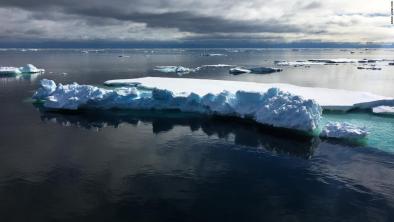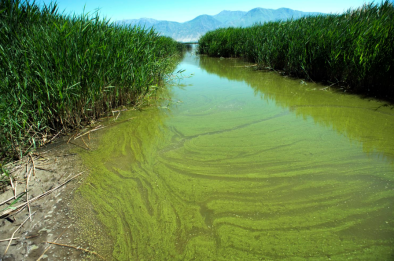Plague risk in the western United States over seven decades of environmental change
Study key findings & significance
- Due to climate change, rodent communities at high elevations have become more conducive to the establishment of plague reservoirs—with suitability increasing up to 40% in some places—and that spillover risk to humans at mid-elevations has increased as well.
- Anomalously warm and anomalously wet, cold years can increase plague prevalence and spillover risk, respectively, through ripple effects of ecosystem productivity on rodents and flea populations.
- The data supports a view of plague risk where weather conditions (and their impact on flea vectors) in rodent biodiversity hotspots are the primary driver of transmission and spillover.
- The study also finds strong evidence that the North American distribution of plague is heavily influenced by soil conditions.
- The study shows human and wildlife data can be used to map plague risk in the United States, and to make meaningful inferences about ecological drivers of transmission.
Abstract
After several pandemics over the last two millennia, the wildlife reservoirs of plague (Yersinia pestis) now persist around the world, including in the western United States. Routine surveillance in this region has generated comprehensive records of human cases and animal seroprevalence, creating a unique opportunity to test how plague reservoirs are responding to environmental change. Here, we test whether animal and human data suggest that plague reservoirs and spillover risk have shifted since 1950. To do so, we develop a new method for detecting the impact of climate change on infectious disease distributions, capable of disentangling long-term trends (signal) and interannual variation in both weather and sampling (noise). We find that plague foci are associated with high-elevation rodent communities, and soil biochemistry may play a key role in the geography of long-term persistence. In addition, we find that human cases are concentrated only in a small subset of endemic areas, and that spillover events are driven by higher rodent species richness (the amplification hypothesis) and climatic anomalies (the trophic cascade hypothesis). Using our detection model, we find that due to the changing climate, rodent communities at high elevations have become more conducive to the establishment of plague reservoirs—with suitability increasing up to 40% in some places—and that spillover risk to humans at mid-elevations has increased as well, although more gradually. These results highlight opportunities for deeper investigation of plague ecology, the value of integrative surveillance for infectious disease geography, and the need for further research into ongoing climate change impacts.
Related Content





